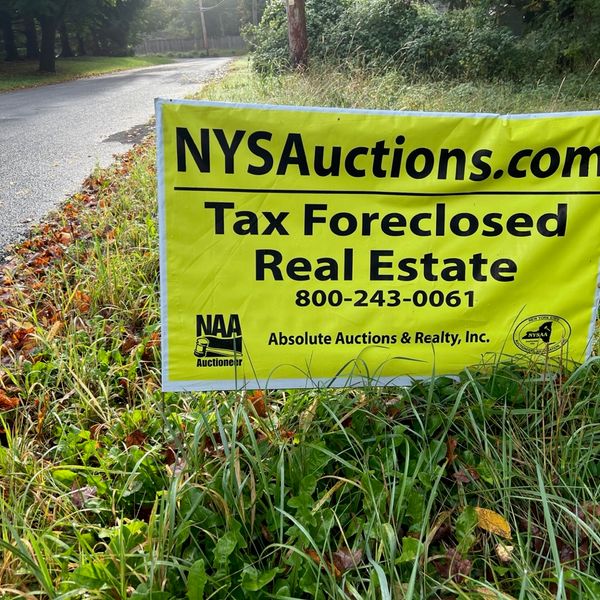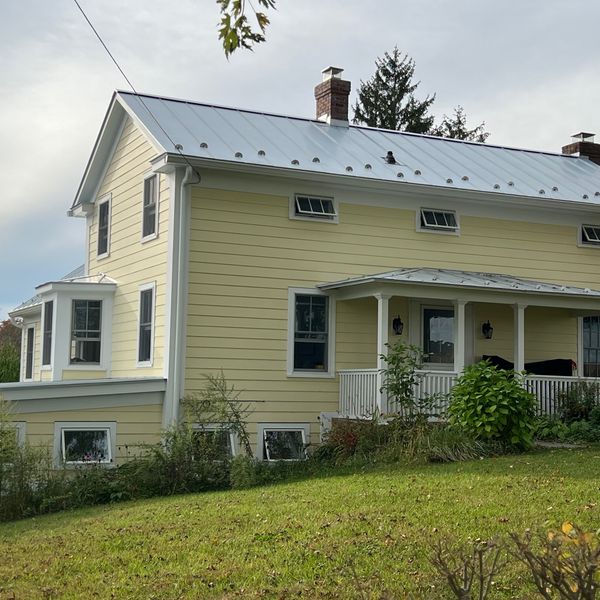Local anglers encouraged to take up ice fishing this winter
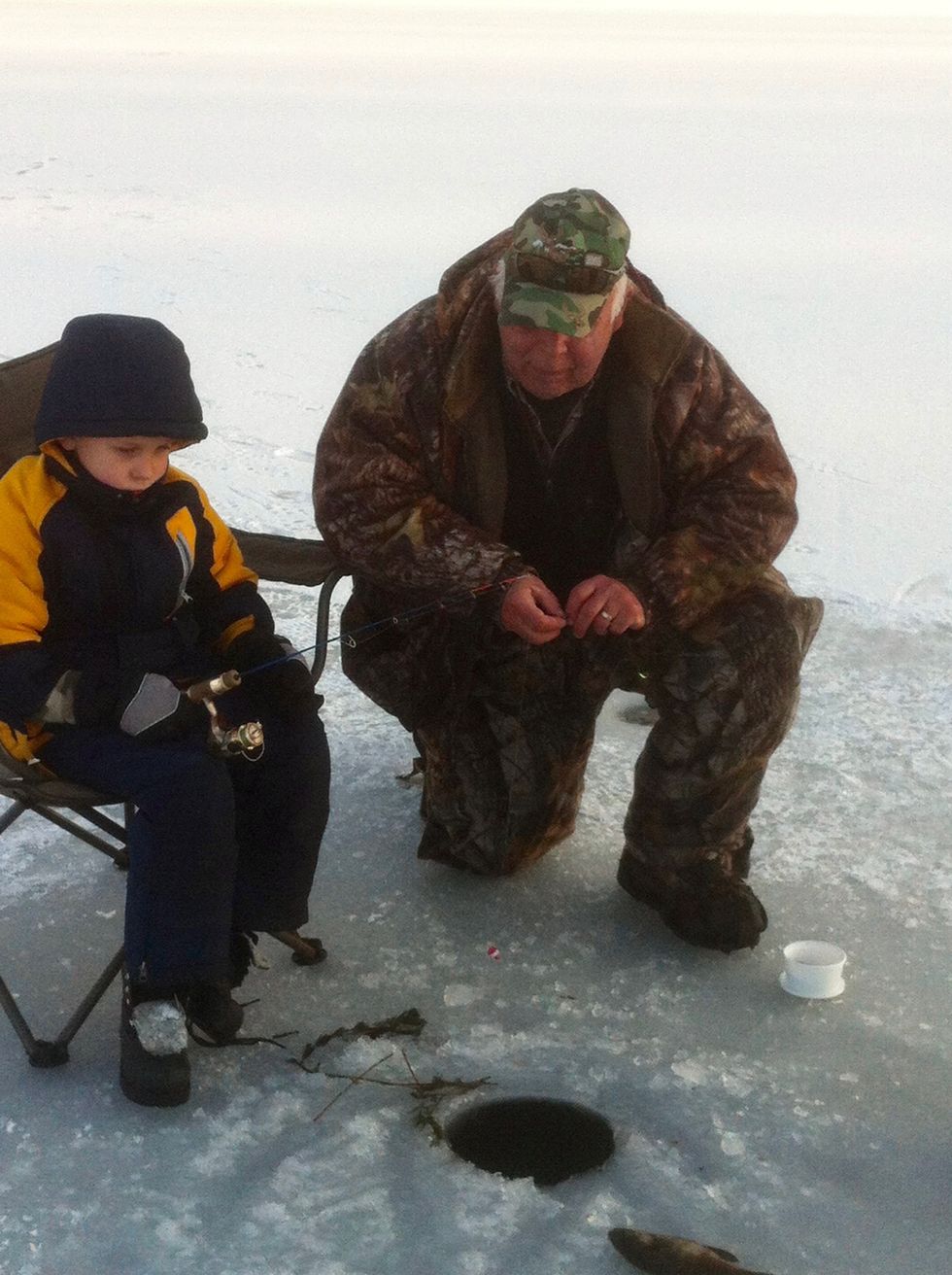
Having taken up ice fishing during his childhood days, Millerton resident Donald Tuncy took great pleasure in passing on the joys of ice fishing to his grandson, Hunter Horton. Photo submitted
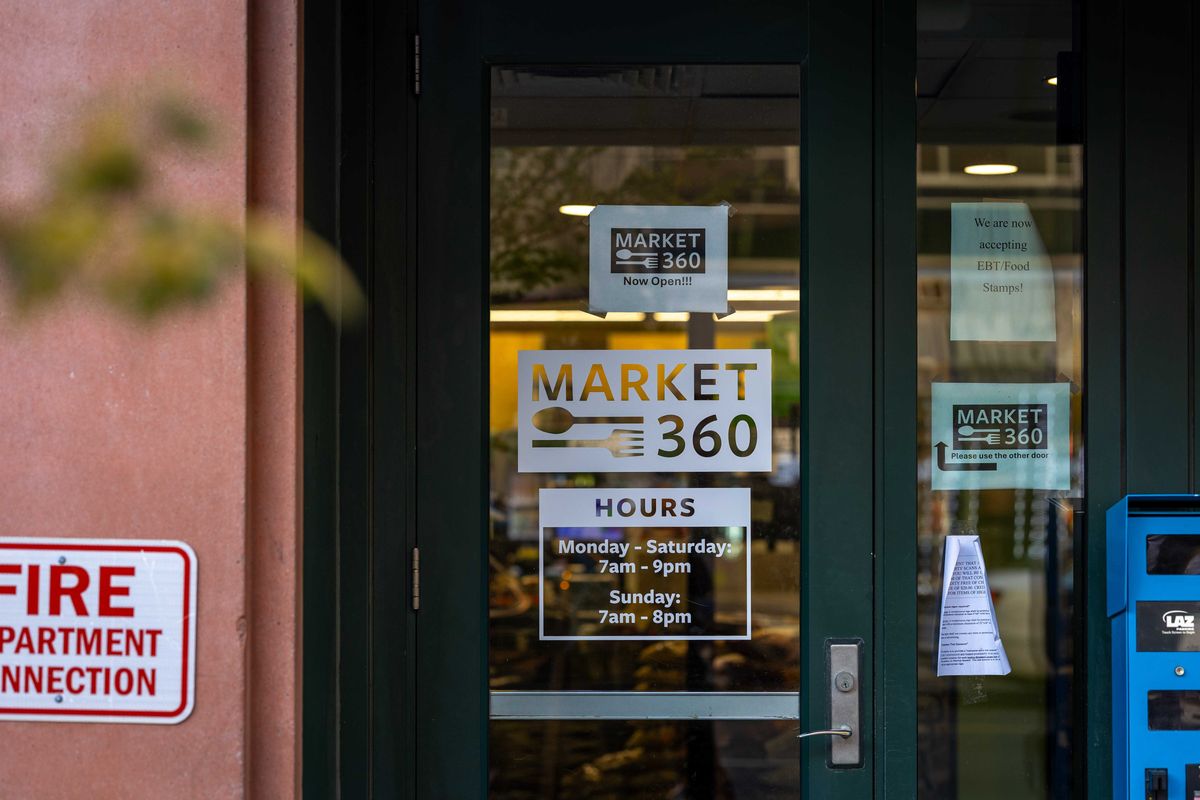
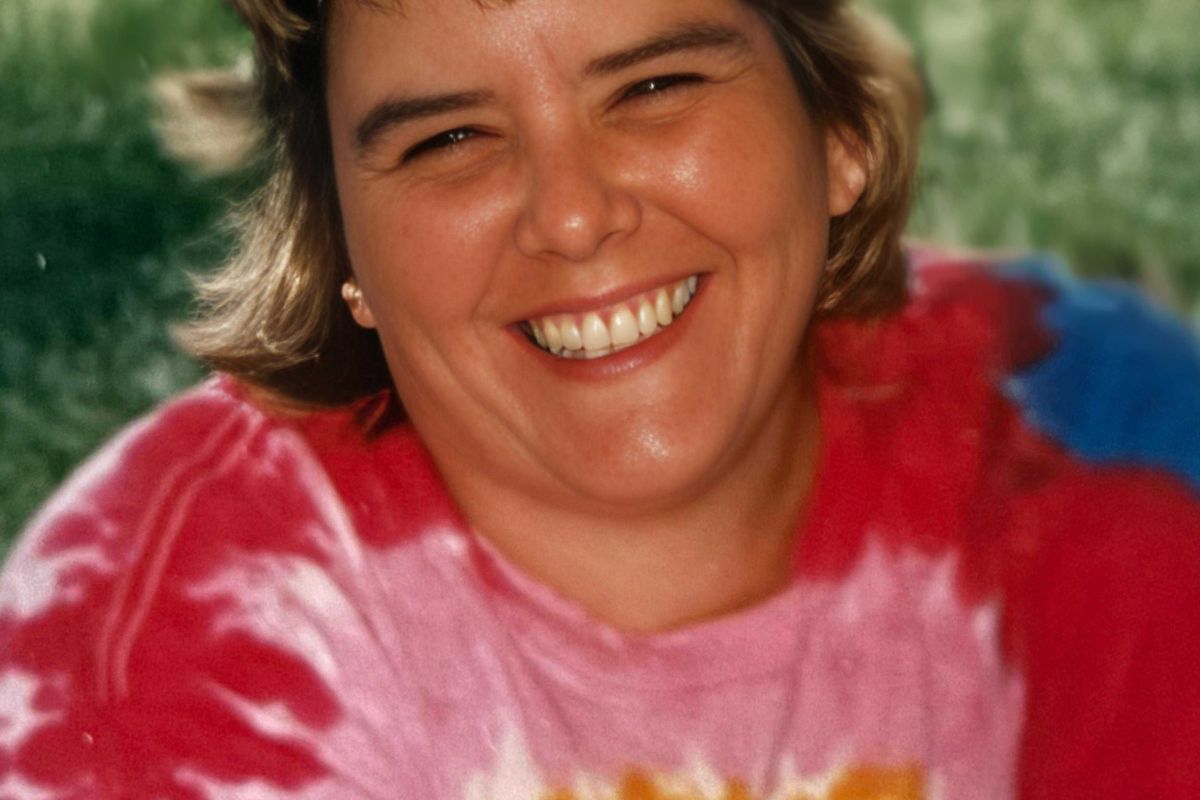
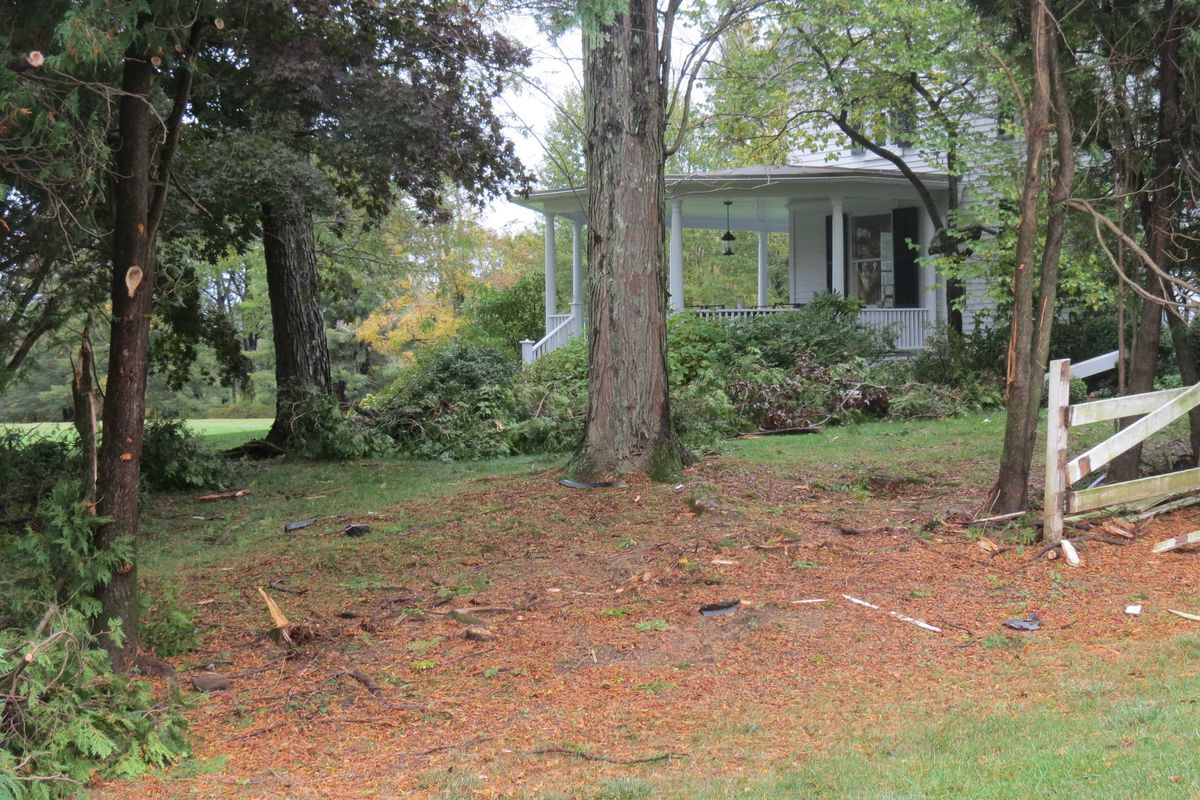


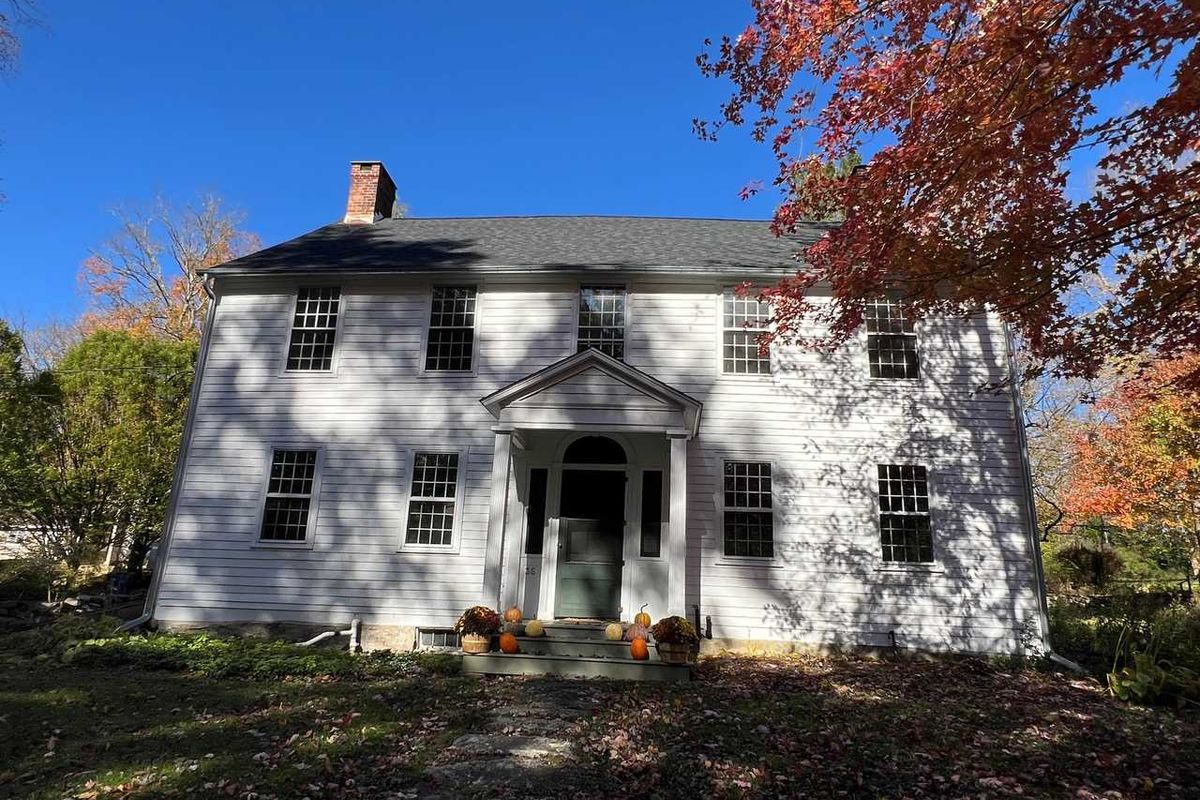

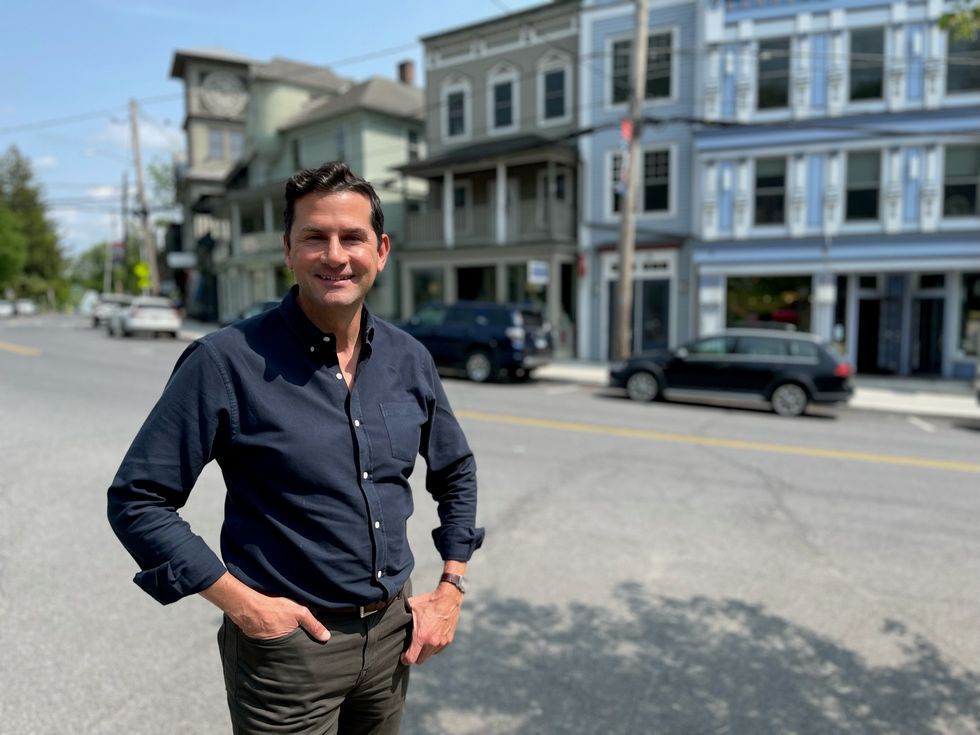 Chris DragoPhoto Provided
Chris DragoPhoto Provided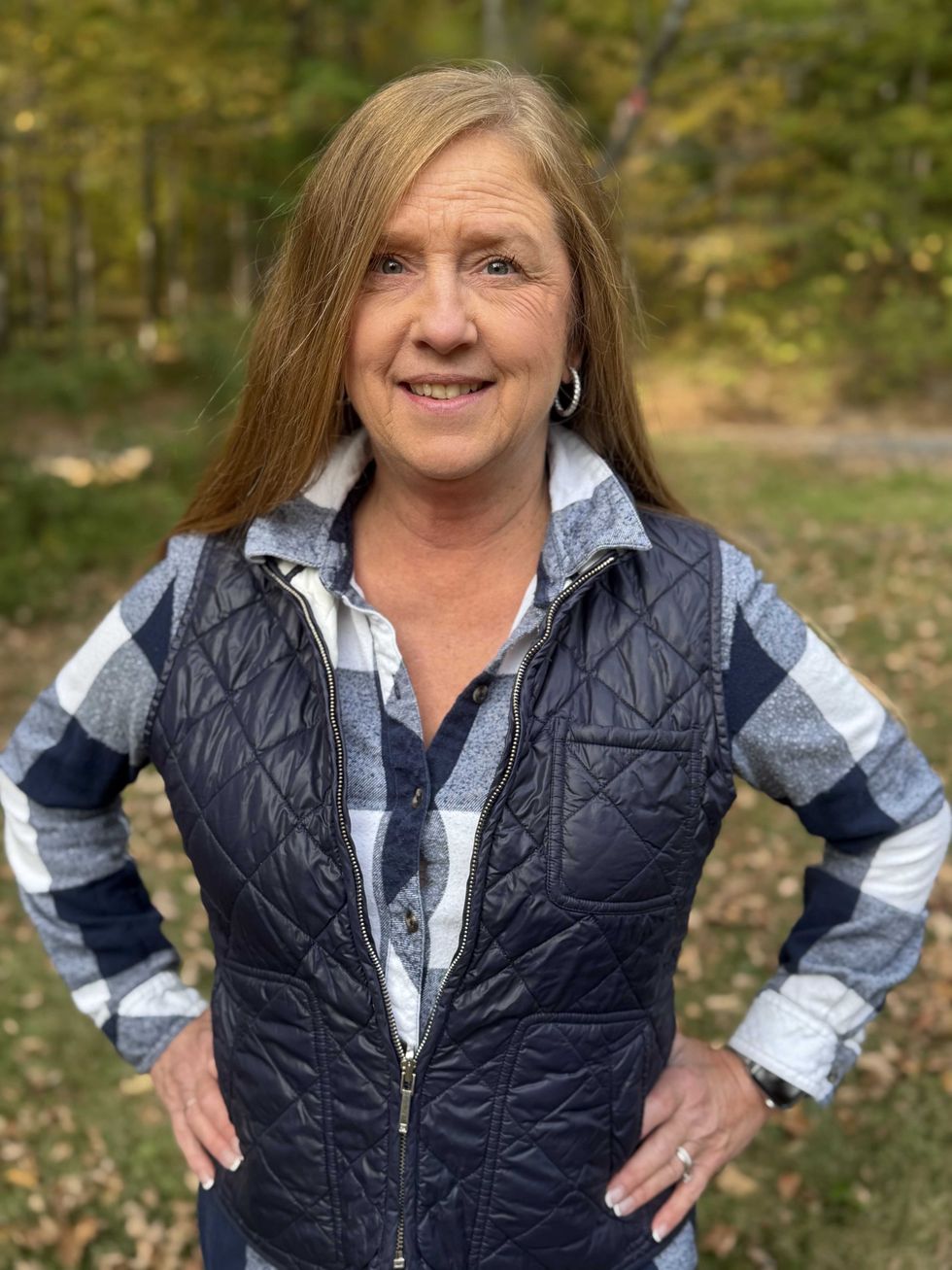 Tonya PulverPhoto Provided
Tonya PulverPhoto Provided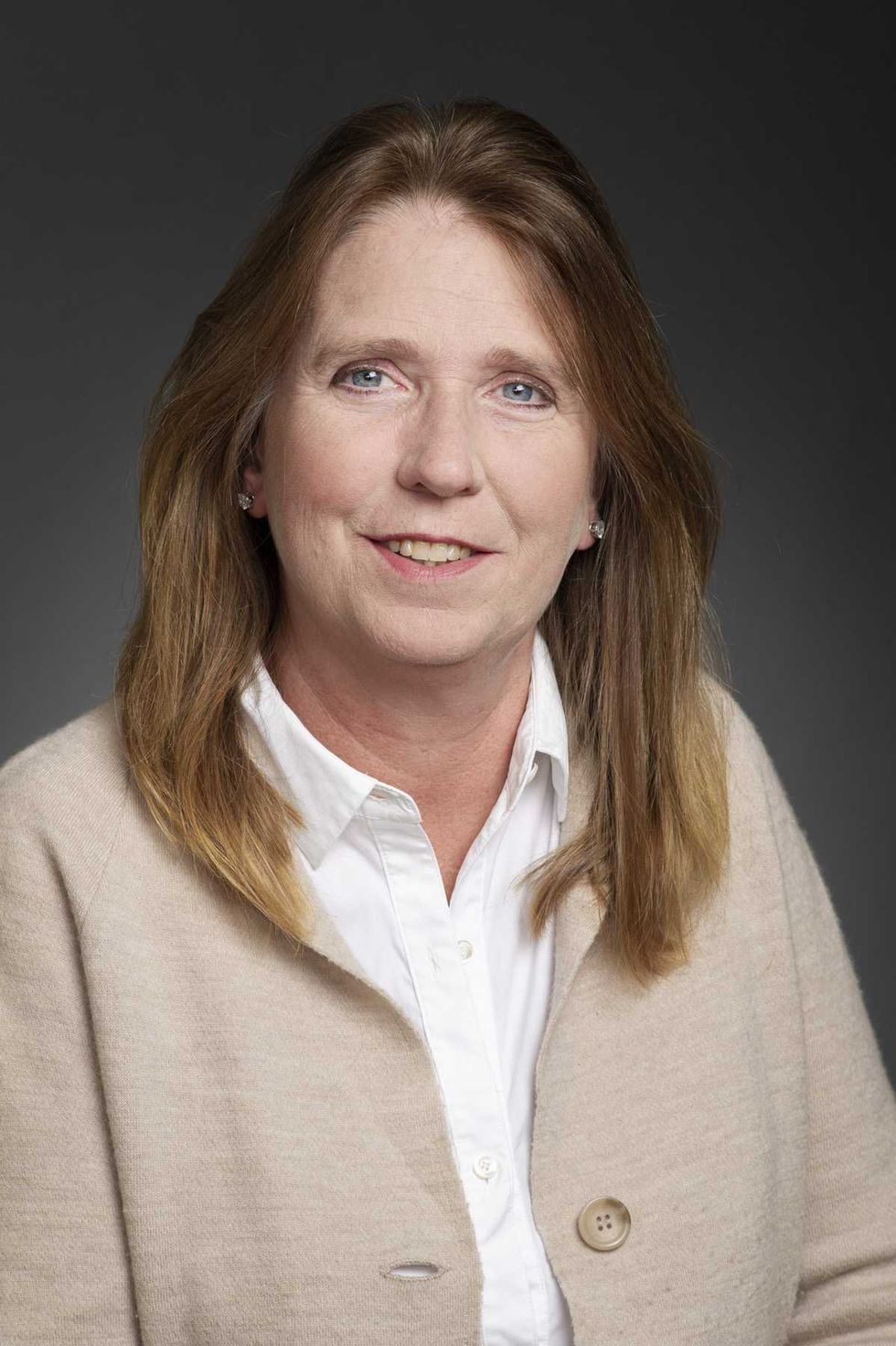 Deirdre HoustonPhoto provided
Deirdre HoustonPhoto provided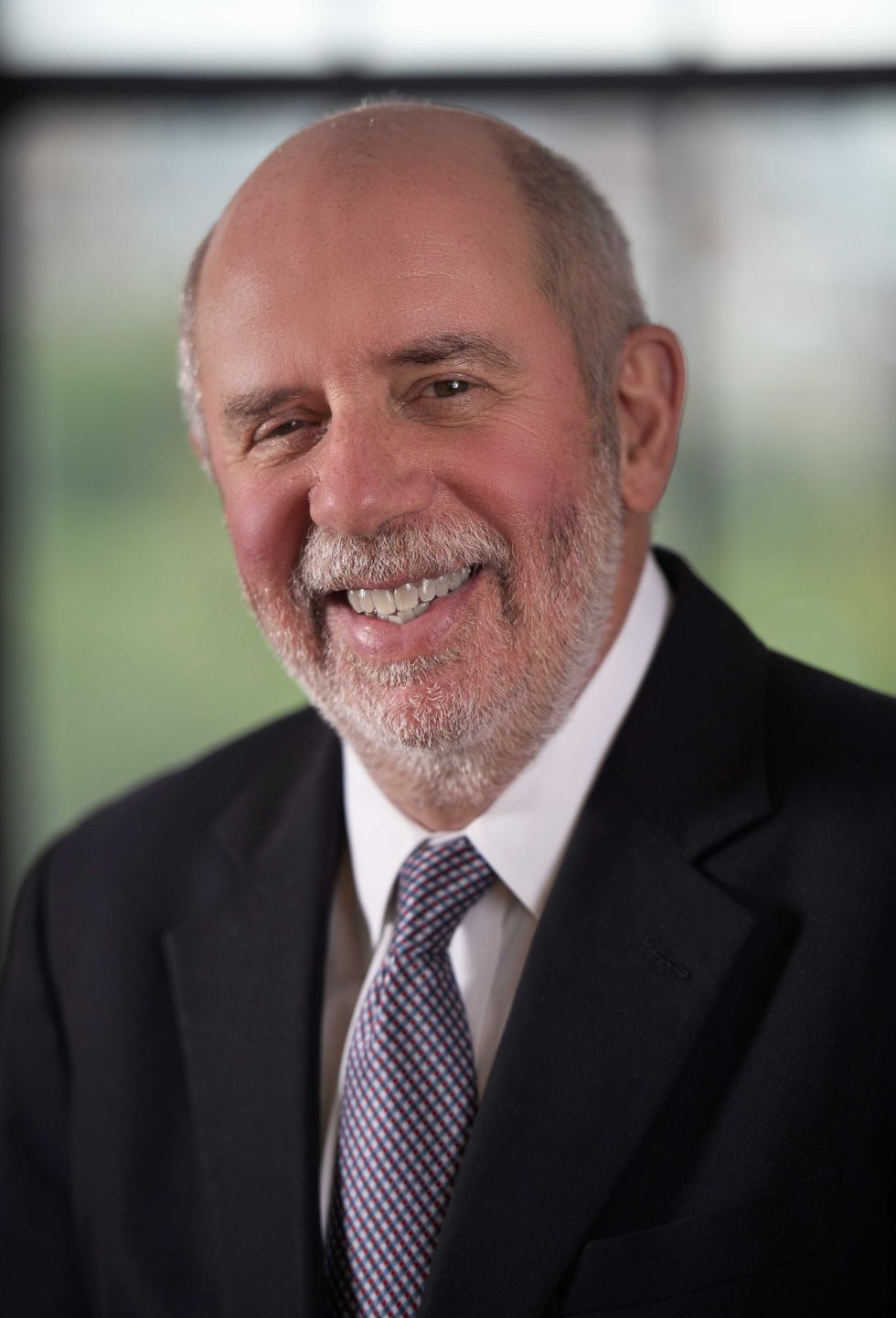 Eric AlexanderPhoto Provided
Eric AlexanderPhoto Provided
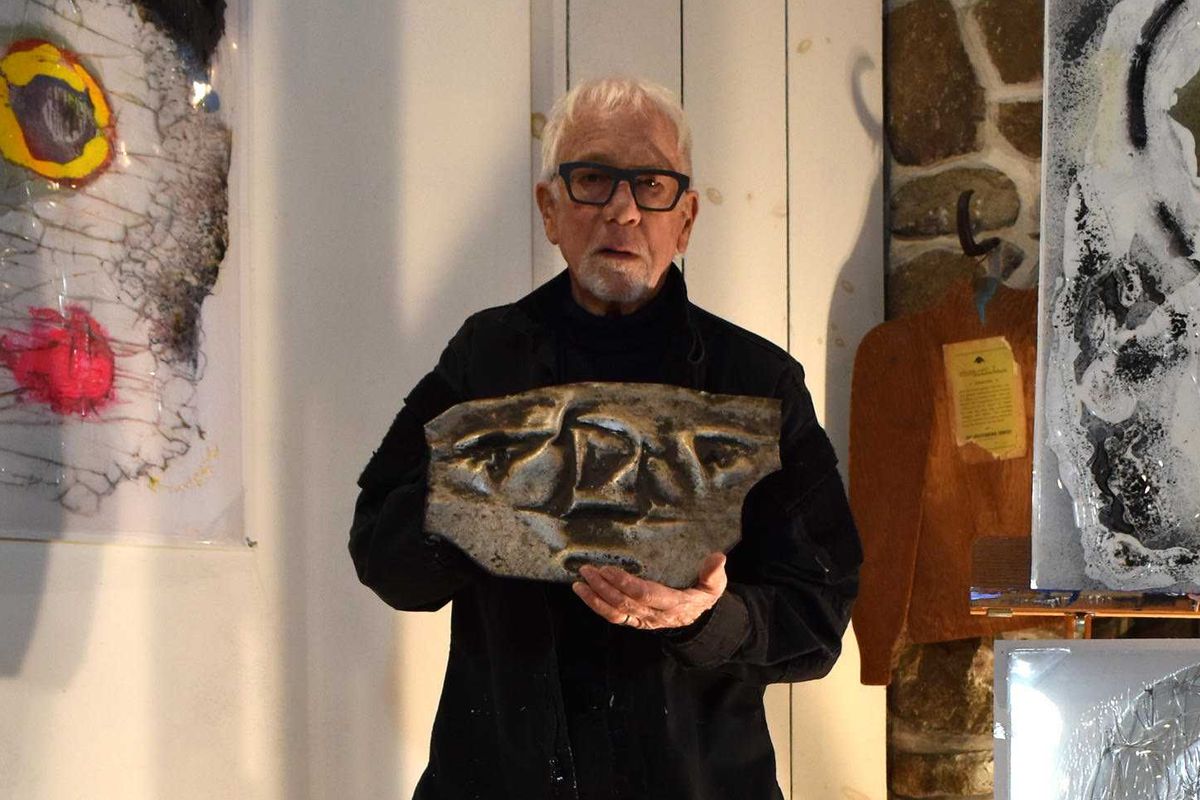
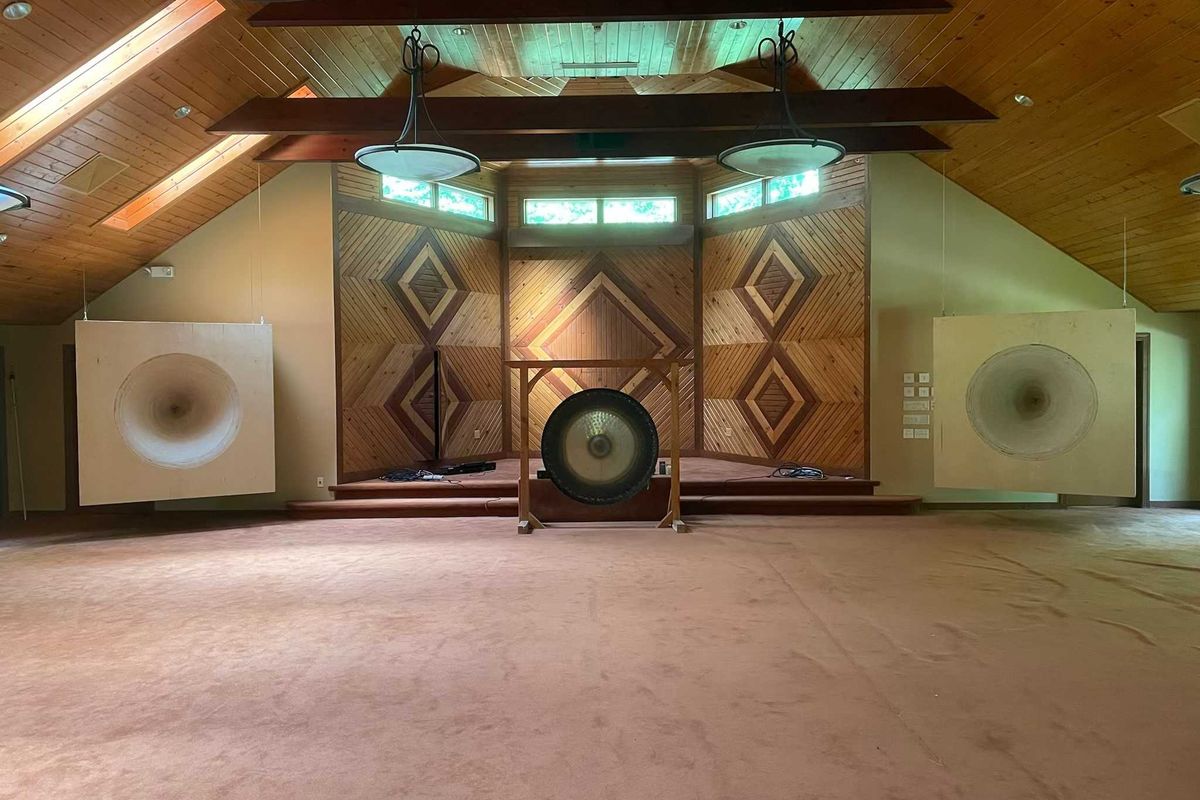
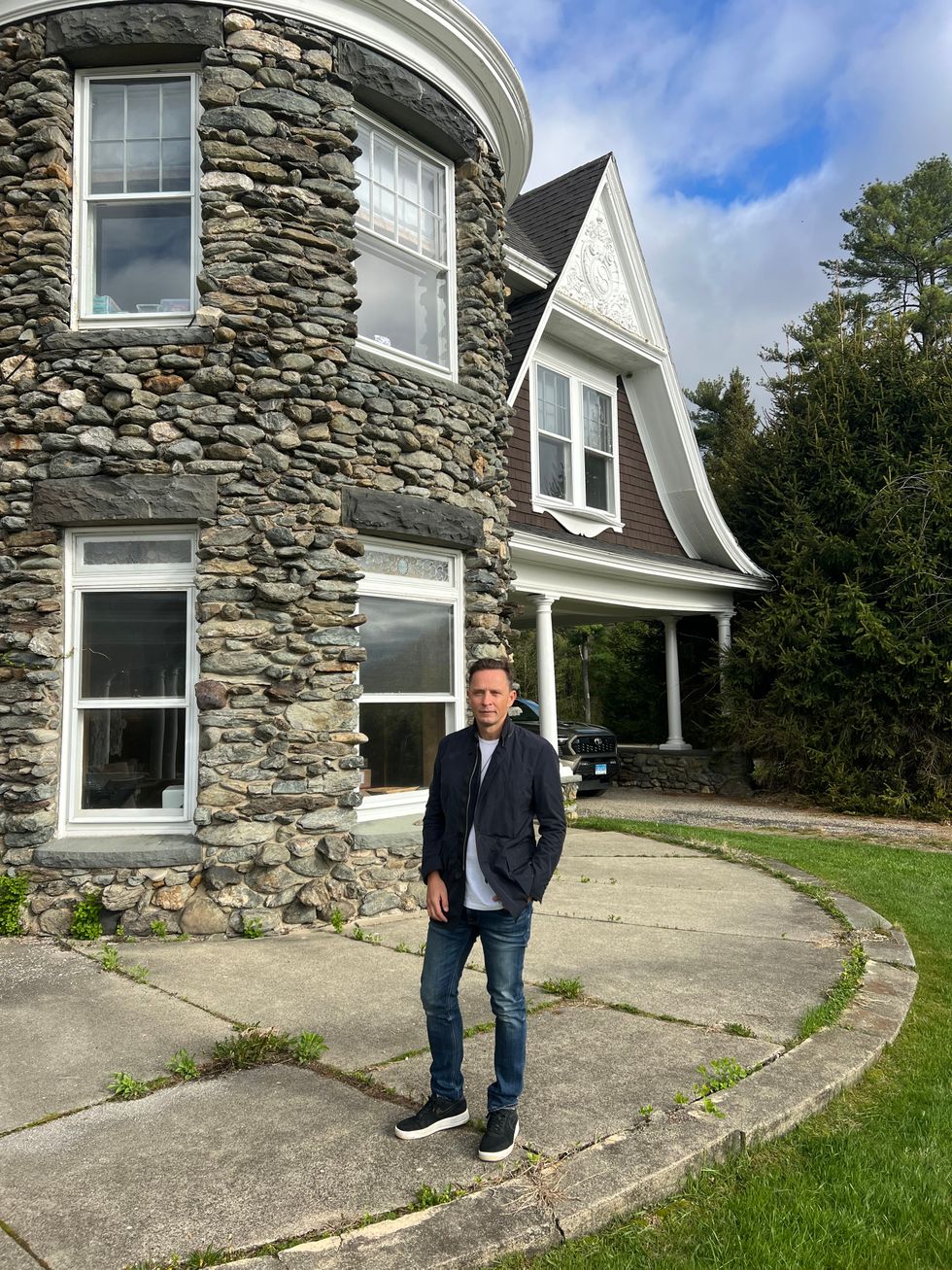 James Davies in front of the Manor House.Provided
James Davies in front of the Manor House.Provided
